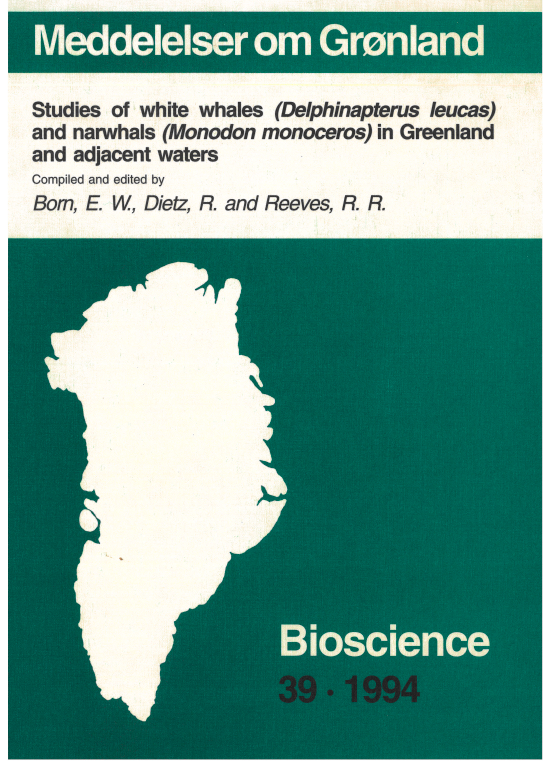Commercial aspect, of the exploitation of narwhal (Monodon monoceros) in Greenland, with emphasis on tusk exports
DOI:
https://doi.org/10.7146/mogbiosci.v39.142540Abstract
This study presents and evaluates data on recent commercial exchanges in narwhal (Monodon monoceros) products, particularly tusks, from Greenland. No evidence was found of an export trade in narwhal blubber or skin (mattak), but since the mid-1960, mattak has been sold to the Royal Greenland Trade Department (or more recently Royal Greenland Production) for re-sale within Greenland. Since 1977 the Convention on International Trade in Endangered Species of Wild Fauna and Flora (CITES) ha, required documentation for the international trade in narwhal tusk. The Greenland Home Rule Government assumed responsibility for this documentation beginning in 1985. More than 90% of the tusks exported with CITES permits issued by the Home Rule Government have given Denmark as the declared destination. Of the total tusks re-exported from Denmark with CITES documentation between 1985 and 1992, approximately two-thirds had the United Kingdom as the declared destination. The monetary value of an "average" tusk-bearing narwhal to a Greenlandic hunter in 1990 was estimated as 7632 Dkr (1272 US dollars). This estimate includes the tusk (6 kg), mattak (80 kg) and meat (46 kg) that were sold but makes no allowance for the products consumed by the hunter and his family. The cash value of narwhal products has not diminished in spite of high inflation in Greenland since the late l960s.

Downloads
Published
Issue
Section
License
Coypyright by the authors and the Commision for Scientific Research in Greenland / Danish Polar Center/Museum Tusculanum Press as indicated in the individual volumes. No parts of the publications may be reproduced in any form without the written permission by the copyright owners.

